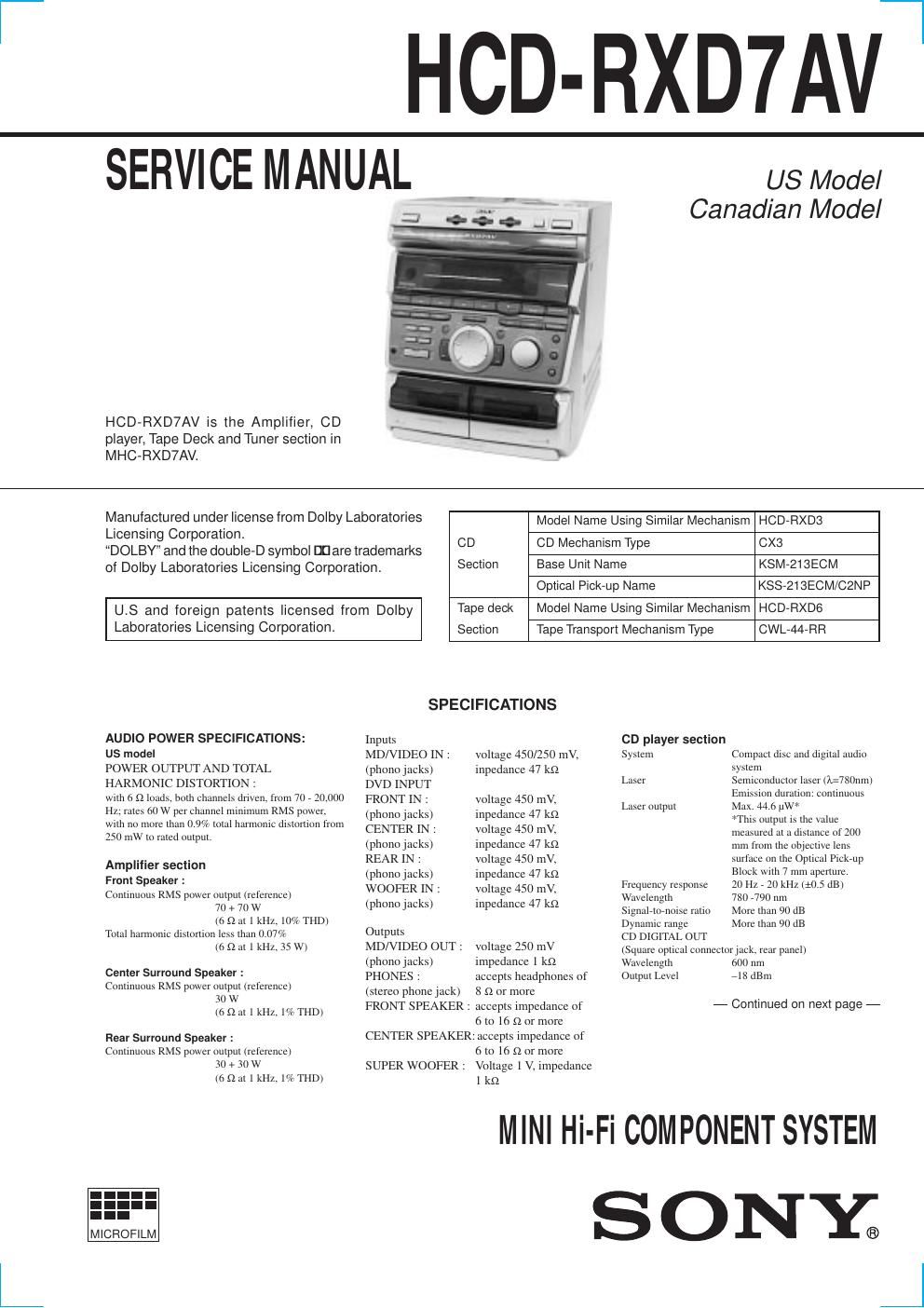Sony hcd rxd 7 av service manual
This is the 62 pages manual for sony hcd rxd 7 av service manual.
Read or download the pdf for free. If you want to contribute, please upload pdfs to audioservicemanuals.wetransfer.com.
Page: 1 / 62
